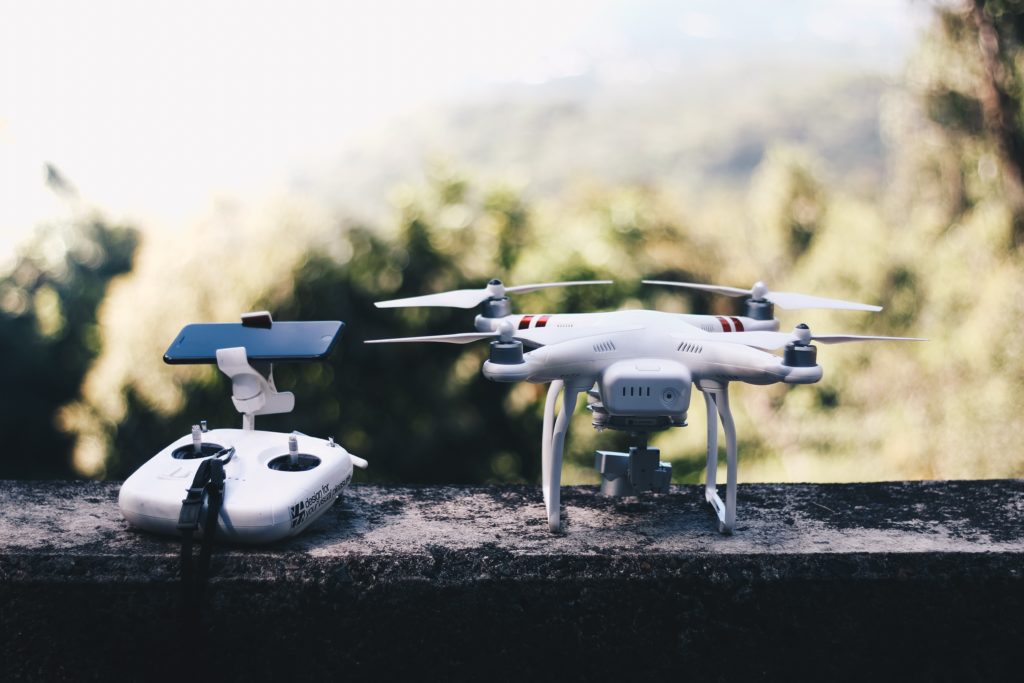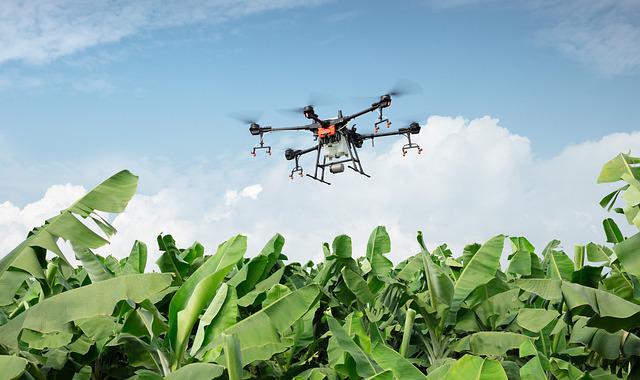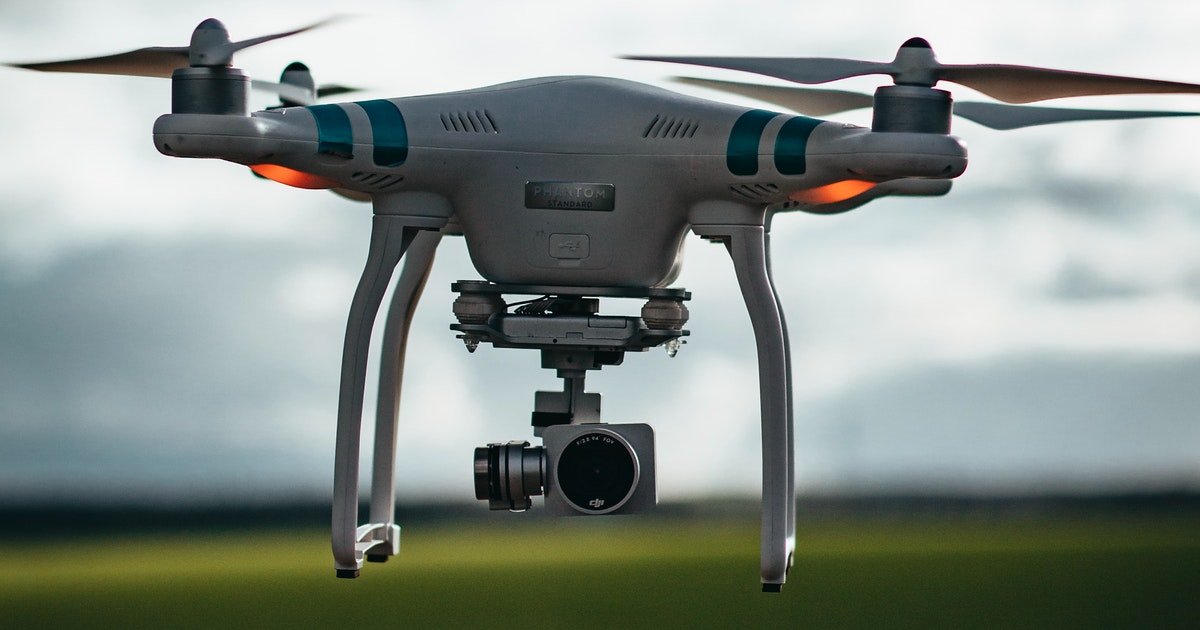
Ehang, an Chinese company, showed its concept of a drone which can carry a person. The quadcopter-style drone comes with a cabin to accommodate one person, and it is powered by eight motors per arm. It can support up to 661lbs. There are drones that can transport people. You can read on to learn how they might be used. This idea could make flying much more enjoyable. It would be a good way to get around town and even carry out a medical procedure.
Volocopter IIX
The new Volocopter 2X drones that carry humans were designed with ease of operation in mind. Passenger can control flight conditions like direction, pitch and gliding angle using the joystick controls. The aircraft has over 100 CPUs and relies on sensors to maintain its altitude. If the drone is involved in an emergency, its full-sized parachute will deploy automatically.
Ehang 184
Ehang, China's manufacturer of manned aircraft, has started testing the new 184 AAV for human-carrying purposes. The drone is equipped to fail-safe systems. It can also be connected to a low-altitude command centre. It has pre-set landing areas. In the event of an emergency, the vehicle can automatically land. As of now, Ehang has conducted manned flight tests with over 40 people including a Guangzhou deputy mayor, technology research and development staff, and potential customers.

Airbus passenger drones
Airbus announced in 2018 that it was developing a passenger drone called the CityAirbus that could take off vertically and land vertically. The aircraft, which is a four-rotor design will be able to carry four passengers. At launch, it would be pilot operated, but once the technology catches up, it will be fully autonomous. Airbus expects CityAirbus to be fully operational by 2023.
Aurora Flight Sciences
Aurora Flight Sciences is creating drones that can transport people and payloads. Its drones are highly maneuverable and are fueled by solar cells and batteries. The company plans test its Odysseus drone on Puerto Rico this spring. They also plan to make it available as a platform that can be used to collect data such as vegetation density. These drones can be used for surveillance and communications.
Uber Elevate passenger drones
As traffic becomes more severe in the country, people are increasingly interested in flying cars. Uber will launch an electric vertical takeoff-and landing aircraft test flight in Melbourne, Australia next year. Uber will begin operations there in the first place and is working closely with federal and local policymakers on developing safe, environmentally friendly aerial vehicles to expand its service offering. Uber will be launching its service in Melbourne by 2023 using aerial vehicles that emit no emissions.

FAQ
Does the FAA regulate drones
The FAA oversees all aspects of drone operations, including safety standards, certification requirements, and licensing procedures.
What type of batteries should a drone be using?
Lithium-ion batteries are the most common type of battery for drones. A drone typically uses between 3 to 6 volts.
What are the rules of operation when using drones?
The FAA must register your drone. You will need to submit information about your drone including its weight and size as well as operating frequency. You will also need to get an FAA identification number.
Can I fly my drone indoors?
Yes, your drone can be flown indoors. It is important to make sure there are no hazards or obstacles in your home. Avoid flying near heating vents, heating vents and air conditioning units.
Are you interested in flying with a drone while on the road?
Drones are becoming increasingly popular for both personal use and commercial purposes. Drones are used for filming, photography, aerial mapping, search and rescue, as well as other purposes. Recent regulations regarding drones have been approved by FAA. They include new requirements for registration and licensing, pilot training, insurance, and other requirements. These changes will ensure that drones continue to be safe for all.
Statistics
- With the top 10% making over $100/h and the bottom 10% making as low as $10/h. (dronesgator.com)
- According to ZipRecruiter, the minimum hourly wage of drone pilots is $20. (thedroneu.com)
- According to the multiple listing service (MLS), houses and apartments with drone photographs are up to 68 percent more likely to sell than those without pictures. (thedroneu.com)
External Links
How To
How to Fly Drones for Beginners
A drone is a remote-controlled aircraft used for aerial photography, cinematography, surveillance, scientific research, and hobby purposes. Drone technology has been around since World War II. DJI's Phantom series of quadcopters was the first to be commercially used. There have been many types of drones since then, including beginner-friendly drones like the Parrot AR Drone 2.0 and professional-grade multi-rotor crafts like the DJI Mavic Pro.
There are many ways to fly a drone.
-
Remote control – This technique uses a control device attached directly to your hands that allows you steer the drone around its flight path. There are two main types of controllers: On/Off switches (like a radio) and joysticks.
-
Manual Control – This method lets users remotely control the drone by using a smartphone app. The app will give you instructions.
-
Autonomous Flight – This is when the drone handles all the piloting tasks. It's basically flying autonomously without any human intervention. It must have a builtin camera, sensors capable of taking images and data to enable autonomous flight.
-
Triggered flight - This is similar to manual control except that the pilot sets up a preprogrammed route and the drone follows the route until it reaches its destination. After the preprogrammed route is complete, the drone will automatically land and return to its base.
-
Landing Gear – A few drones come with landing gear. This allows them land safely in the event of losing power or running out of battery.
-
Goggles – Pilots often wear goggles while flying to keep themselves safe from any debris.
-
Camera – Some drones have cameras, which allow you to take photos or videos from up high.
-
Obstacles-Some drones come with obstacle avoidance devices that keep them from hitting obstructions.
-
Speed - Some drones reach speeds exceeding 40 mph.
-
Battery Life: Most drones have a battery life of between 20 and 30 minutes depending on how many power sources you use.
-
Distance - Some drones can travel up 30 miles depending on the model.
-
Power source - Not all drones can use an external power source. Others can run on internal batteries.
-
Weight - Some drones weigh less than 1 pound, whereas other models weigh up to 4 pounds.
-
Size - Drones can range in size from tiny devices that can fit in your palm to heavy crafts that weigh 50 pounds.
-
Price - Drones come in a variety of price categories, including high-end models which can run into the thousands and low-cost options that can start at $100.